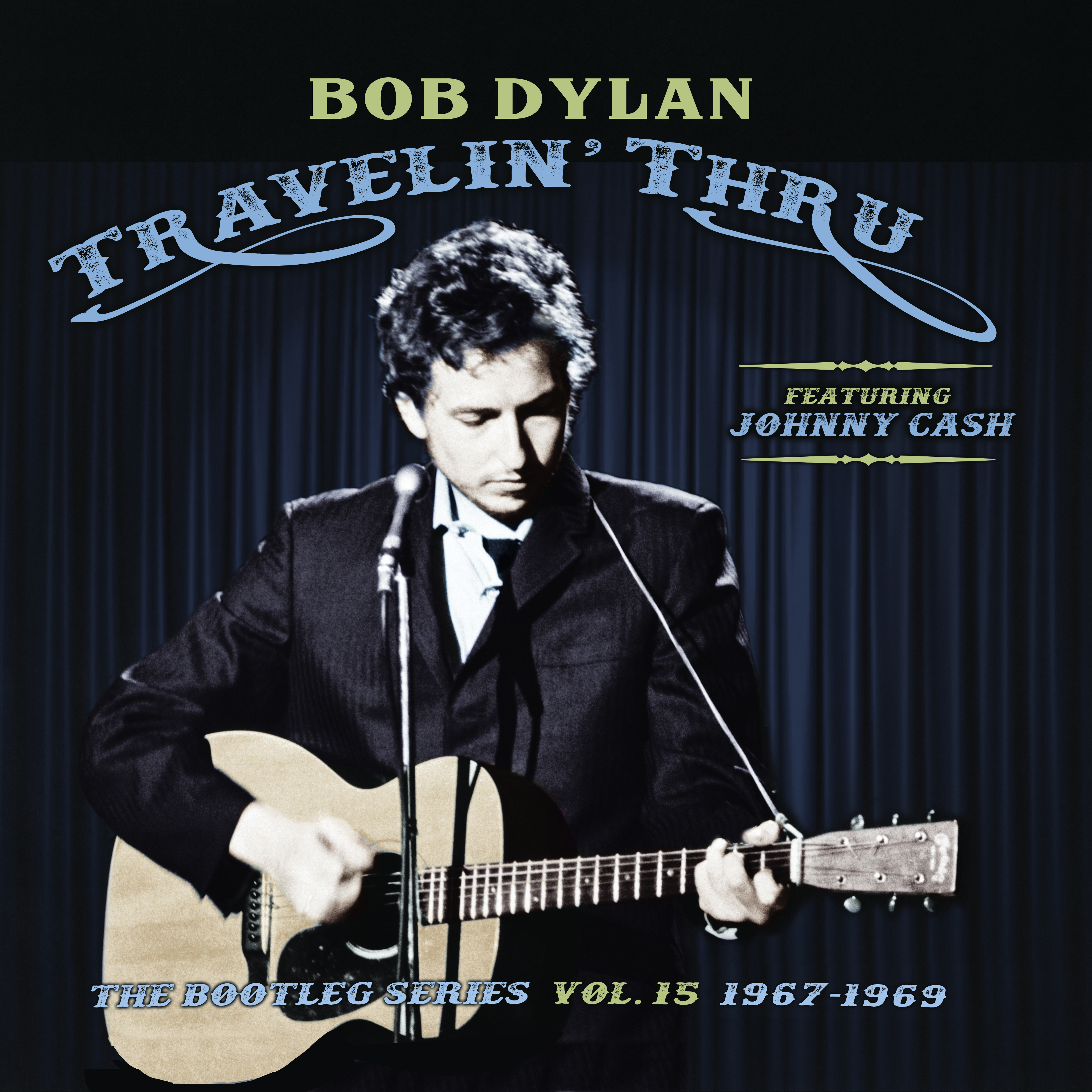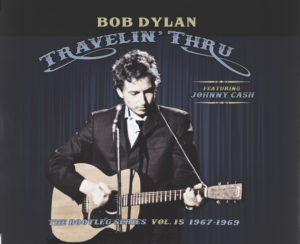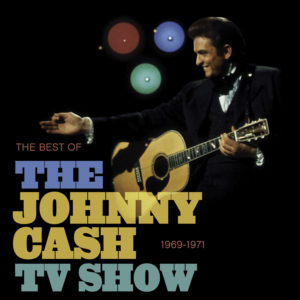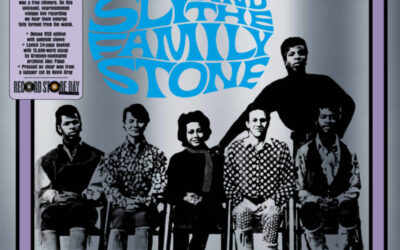By Harvey Kubernik © 2019
The 5 CD deluxe box set edition of COUNTRY MUSIC – A Film By Ken Burns (The Soundtrack) (Legacy Recordings, a division of
Sony Music Entertainment, in association with Universal Music Group ), which chronicled the diverse roots, evolution and stylistic diversity of 20th century American country music is the companion to the 8-part (16.5 hour) documentary which premiered during September on PBS-TV.
The collection and television broadcast further reinforced the influence and impact of this musical genre that continues to inform pop, rock, jazz artists and Americana catalogues.
COUNTRY MUSIC – A Film By Ken Burns (The Soundtrack) followed the 2006 2-disc DVD set of The Best of the Johnny Cash Show, hosted by Kris Kristofferson distributed by CMV/Columbia Legacy, a division of Sony BMG Music Entertainment.
The Johnny Cash Show debuted on June 7, 1969 and ran until March 31, 1971 which exposed the Cash invited country, pop, jazz and rock artists to new ears.
Programs were done at Nashville’s Ryman Auditorium, which back then was home to the Grand Ole Opry 1943-1974. Bill Walker was the musical director and arranger. June Carter Cash and the Carter Family, Carl Perkins, The Statler Brothers, and The Tennessee Three were screen regulars.
Appearing in the Cash series were: Louis Armstrong, Bill Monroe, Dusty Springfield, Judy Collins, The Monkees, Creedence Clearwater Revival, Stevie Wonder, Tony Joe White, Homer & Jethro, The Everly Brothers, Joni Mitchell, Neil Young, Derek and The Dominos, Roger Miller, Faron Young, Charley Pride, Loretta Lynn, Marty Robbins, Mickey Newbury, Neil Diamond, Conway Twitty, Tammy Wynette, Bob Dylan, Waylon Jennings, George Jones and Doug Kershaw.
Johnny gave a forum to former HUAC blacklist victim Pete Seeger who sang the anti-war song “Big Muddy,” and Canadian singer/songwriter and social activist, Buffy Saint-Marie, a member of the Cree First Nation, who did Peter La Farge’s “Custer” on the program. Cash also refused to edit the word “stoned” from Kris Kristofferson’s “Sunday Morning Coming Down.”
In a 1975 interview I conducted in Anaheim California at the Royal Inn with Cash for the now defunct Melody Maker, Johnny acknowledged Bob Dylan.
“I became aware of Bob Dylan when the Freewheelin’ album came out in 1963,” mused Johnny. “I thought he was one of the best country singers I had ever heard. I always felt a lot in common with him. I knew a lot about him before we had ever met. I knew he had heard and listened to country music. I heard a lot of inflections from country artists I was familiar with. I was in Las Vegas in ’63 and ’64 and wrote him a letter telling him how much I liked his work. I got a letter back and we developed a correspondence.
“We finally met at Newport in 1965. It was like we were two old friends. There was none of this standing back, trying to figure each other out. He’s unique and original. I keep lookin’ around as we pass the middle of the 70s and I don’t see anybody come close to Bob Dylan. I respect him. Dylan is a few years younger than I am but we share a bond that hasn’t diminished. I get inspiration from him.”
I had a very brief chat with Dylan once on November 19, 1979. Drummer and friend Jim Keltner on November 19, 1979 invited Knack drummer Bruce Gary and I to the Santa Monica Civic Auditorium to attend Bob Dylan’s Slow Train Coming tour. I was reviewing the concert for Melody Maker.
Dylan and I met earlier at Gold Star studios when he was producing a recording session with Clydie King and I was on a few May ’79 dates as a hand clapper with drummer/percussionist Keltner on the Phil Spector-produced Ramones’ album End of the Century.
I mentioned to Dylan that I had the same February 26th birthday as Johnny Cash and interviewed Johnny for Melody Maker.
Dylan then removed his sunglasses. He has blue eyes like Eva Marie Saint, Charles Bukowski, and Kris Kristofferson. Bob offered a firm handshake, and then sternly replied “Johnny Cash is a friend of mine…”
Cash’s 1969-1971 TV series, along with his successful Folsom Prison and San Quentin albums helped usher in today’s acceptance of country music artists on national and cable television.
“One reason country music has expanded the way it has is that we haven’t let ourselves become locked into any category. We do what we feel,” reinforced Cash.
“I like to go into the studio with my own musicians and record my own songs,” Johnny reminded me in our encounter. “I’m open to other songwriters. I like to do things differently all my career.”
However, Johnny said that television obligations hampered his creativity.
“It cut down on my touring, it became too confining. We stayed in Nashville for two-thirds of the time. I really didn’t enjoy it all that much. If it was kept loose and spontaneous it could have been great. But we had to do the same song every eight or ten times before they would accept it. The show lost its feel and honesty. Consequently I lost a lot of interest in it.”
The Glen Campbell Good Time Hour was first broadcast from 1969-1972 and enabled Campbell to provide a showcase to country music in America, Great Britain, Australia and Singapore, as well as five BBC-TV specials for the network that forged international success and catapulting the guitarist/singer to worldwide stardom.
“When I did the TV show I wanted to make sure I could get everybody I knew who was a good singer,” Campbell told me in a 2009 interview inside the green room of The Tonight Show with Jay Leno.
“Johnny Cash, Cher, Ray Charles, Roger Miller, Willie Nelson, Linda Ronstadt, Bobbie Gentry, Rick Nelson, and Anne Murray. I give all the credit to Tommy Smothers. He saw me guest on The Joey Bishop TV show and called the next day.
“Country music is people’s music. The music concerns itself with people in love, out of love and in-between.
“I don’t like any labels. Music is the most labelled, segregated and filed form in the US. I was cutting records six and seven years before ‘Gentle On My Mind’ and ‘By The Time I Get To Phoenix’ happened. I wasn’t labelled then. It’s a matter of feeling what you want to do and if you’re good you’ll be accepted. If you don’t believe in yourself you don’t have much chance of making it.”
In my March 24, 1976 interview with Emmylou Harris for Melody Maker we discussed the popularity of country music in England and Europe.
“I was nervous I looked forward to playing overseas because I had this feeling there was an audience for my kind of music, especially since Gram’s albums did so well there. He had been recognized critically in Europe and England far more than in the States. I don’t think people here realize the magnitude of how he affected music,” offered Emmylou Harris during a rehearsal break at Alley Sound in North Hollywood.
Emmylou was delighted by her reception in Britain. “There seems to be more respect toward country music and I have this feeling that the audiences over there who like country music have not been exposed to the prejudices that exist here. They can appreciate a straight country performer like George Jones for being almost a folk hero. It seems that the audience in London don’t have any reservations, because of musicians like the Burritos and Gram. They were really hip to Gram’s two albums. We tried to go back and do those old country songs, not to re-create an old song but pay respect to the old and add the new.”
George Jones and Buck Owens were spotlighted in Ken Burns’ Country Music.
In 1976 I asked Harris about the duo. The last time George Jones was in town, Emmylou played a few numbers with him at the Palomino in North Hollywood and on her Elite Hotel album she does two songs associated with him.
“‘Feelin’ Single, Seein’ Double’ we’ve been doing on stage for a long time and it’s a super tune. ‘Together Again’ is a Buck Owens song I’ve always liked. The other George Jones song on the album is ‘One Of These Days’, written by Earl Montgomery.
“Earl has been author or co-author of many songs that I’ve liked. We wanted something completely new to record and we never did this song on stage. For a long time I’ve been singing it in my dressing room to warm up and it’s my favourite on the album.
‘Sin City’ is a favourite that is very meaningful to a lot of people and in our repertoire since the Hot Band began last April.”
A key player and architect in the emergence of the country rock genre, now the Americana format is Chris Darrow, a founding member of the pan global world beat collective the Kaleidoscope in 1966-1968.
Darrow recorded during 1968-1974 with the Nitty Gritty Dirt Band, Hoyt Axton, James Taylor, Linda Ronsdadt, and John Stewart.
“I got to know Gram Parsons a little bit,” recalled Chris. “He and Bernie Leadon would come out to my house and visit. The Flying Burrito Brothers even did a concert right across the street from my house; I designed the poster for the gig. Gram had a mentor from the East Coast who was teaching in Claremont at Pomona College,” disclosed Darrow. “His name was Jett Thomas.
“I think that country rock was a West Coast phenomenon and that the bands were the originators, not the individuals. The East Coast solo artist was a different breed from the West Coast collaborative unit. Most of the situations that arose in the West Coast were band situations and whether there was strife or not, the element of the band usually prevailed. Guys like Gram Parsons were much more self-directed and solo oriented than most of the West Coast personalities that worked with him. Chris Hillman has always been a good team player. Bluegrass training!
“What I’m saying is that country rock did not sprout out of the head of Gram Parsons and everybody else followed. He was a talented guy but I am one who refuses to put a single name to the father of this genre.
“The fomenting of this music started early in all our heads and each opportunity to express it was taken. A steel guitar is not the only criteria for country rock music. Clarence White invented a device to play the electric guitar like a steel guitar. He and Gene Parsons developed the Parsons/White Pull-String, eventually called the StringBender, and then renamed the B-Bender, which bends the second string in the same manner as a steel guitar.
“It is a hard style to play and only a handful of musicians have mastered this technique. I had a chance to play in his band at the Ash Grove a month before his untimely death,” Darrow sighed.
Los Angeles native Harvey Kubernik spent many hours from 1956-1966 watching Los Angeles television glued to the regions weekly country music variety and barn dance programs like Town Hall Party, Cal Worthington’s Cal’s Corral and The Ford Show, starring Tennessee Ernie Ford.
Harvey has June Carter Cash’s autograph.
Harvey Kubernik is a former (1978-1979) West Coast Director of A&R for MCA Records, now Universal Music Enterprises, where he teamed engineer/producer Jimmy Iovine with Tom Petty. Harvey also initiated the Petty-produced Del Shannon album, Drop Down and Get Me during his tenure at MCA, eventually issued on Network Records and re-released over the last few decades.
Kubernik is the author of 15 books, including titles on Leonard Cohen and Neil Young. His 2017 volume, the acclaimed 1967 A Complete Rock History of the Summer of Love was published by Sterling/Barnes and Noble. His Inside Cave Hollywood: The Harvey Kubernik Music InnerViews and InterViews Collection, Vol. 1 was published in December 2017, by Cave Hollywood. Kubernik’s The Doors Summer’s Gone was published by Other Cottage Industries in March 2018.
The Doors: Summer’s Gone has been nominated for the 2019 Association for Recorded Sound Collections Awards for Excellence in Historical Recorded Sound Research.
In November 2018, Sterling/Barnes and Noble published Harvey’s book, The Story of The Band From Pig Pink to The Last Waltz, written with his brother Kenneth Kubernik.
This century Harvey penned the liner note booklets to the CD re-releases of Carole King’s Tapestry, Allen Ginsberg’s Kaddish, Elvis Presley The ’68 Comeback Special and The Ramones’ End of the Century.
In November 2006, Kubernik was a featured speaker discussing audiotape preservation and archiving at special hearings called by The Library of Congress and held in Hollywood, California.








